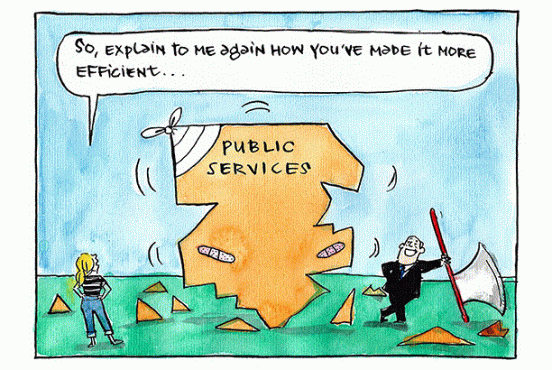By Colin Weatherby 900 words

Lancing Farrell raised several important issues in providing advice to a colleague regarding risk management. How does a council balance the pressure not to take risks and fail, with the competing pressure (often from the same sources) to take risks and meet demands to create new value?
Risk is an interesting concept and there are various definitions. I like to think of it simply as the uncertainties related to achieving your goals. It is about the hazards along the pathway as you make your way towards your destination.
Businesses that don’t take risks will fail. They become uncompetitive or customer satisfaction drops. Either way, they lose business to competitors taking risks to create value that customers want and will pay for. We can all think of the companies that have taken big risks in redefining a service or product to create a new market.
You are probably wondering what this might have to do with local government. Aren’t we just doing what we have always done?
Many councils are. Whether they should be, or whether they will be able to continue to do so, should be questioned. We now live in the ‘age of the customer’ – residents want personalisation, mobility, self-service, rapid response, and efficiency (efficiency for them, not the council). The variability introduced by customers must be quickly and effectively absorbed by the organisation. Complexity, by its very nature, creates risks.
In conjunction with mandated limits on prices (the rate cap) and growing numbers of customers (as Lancing points out, Melbourne is growing rapidly), the rising expectations of residents means that councils must do things differently. Different usually involves risk taking.
I recently attended a training session on developing an organisational risk appetite. It showed me how councils could identify hazards and manage risks differently, yet still satisfy the pressure to stop things going wrong while meeting the demand to create new value. It needs a re-think and a more sophisticated approach to risk and compliance. Continue reading









